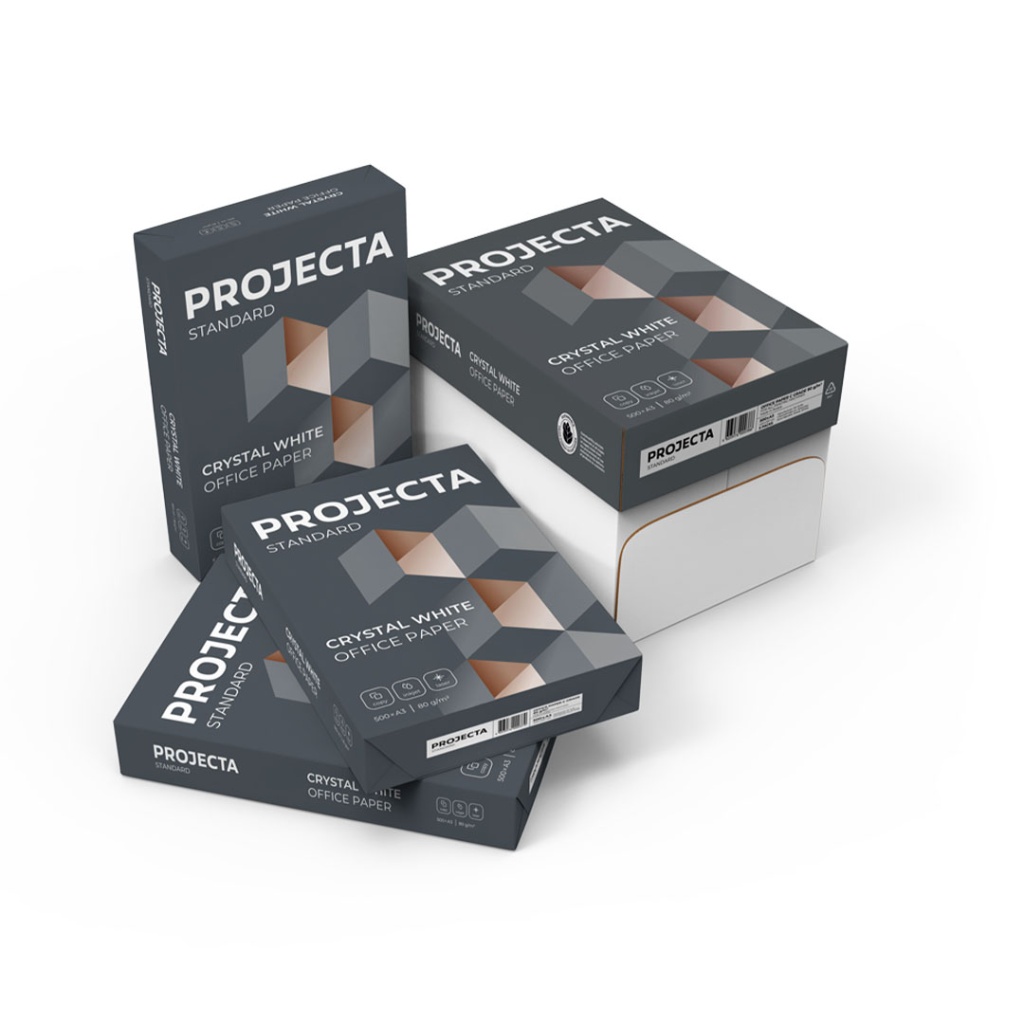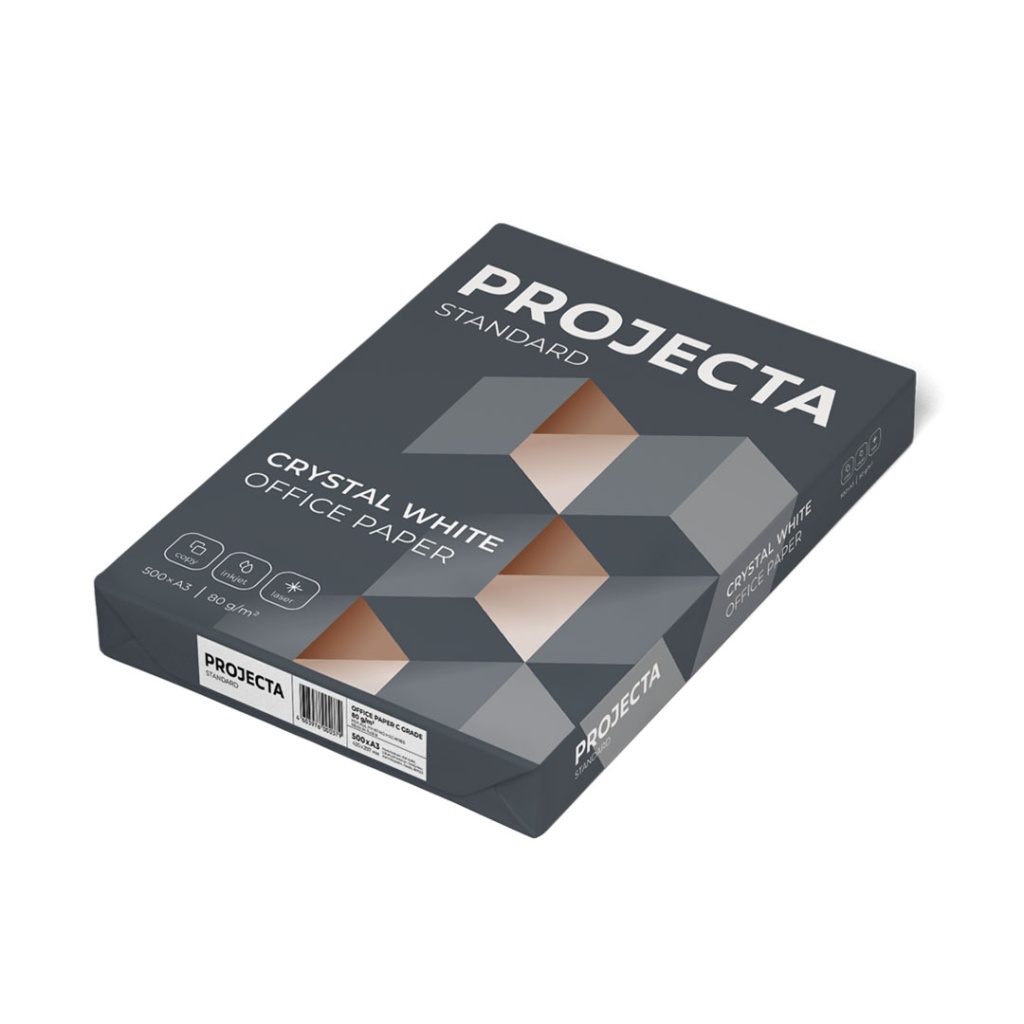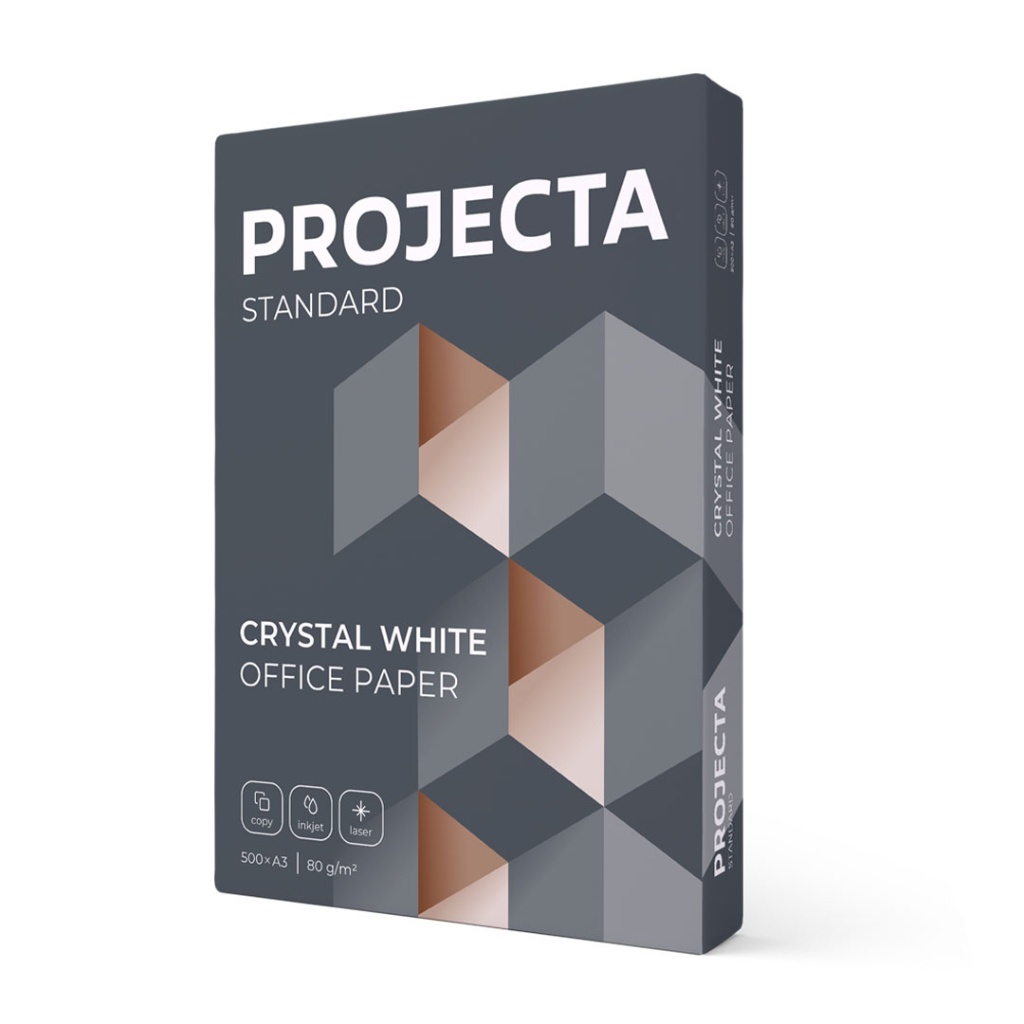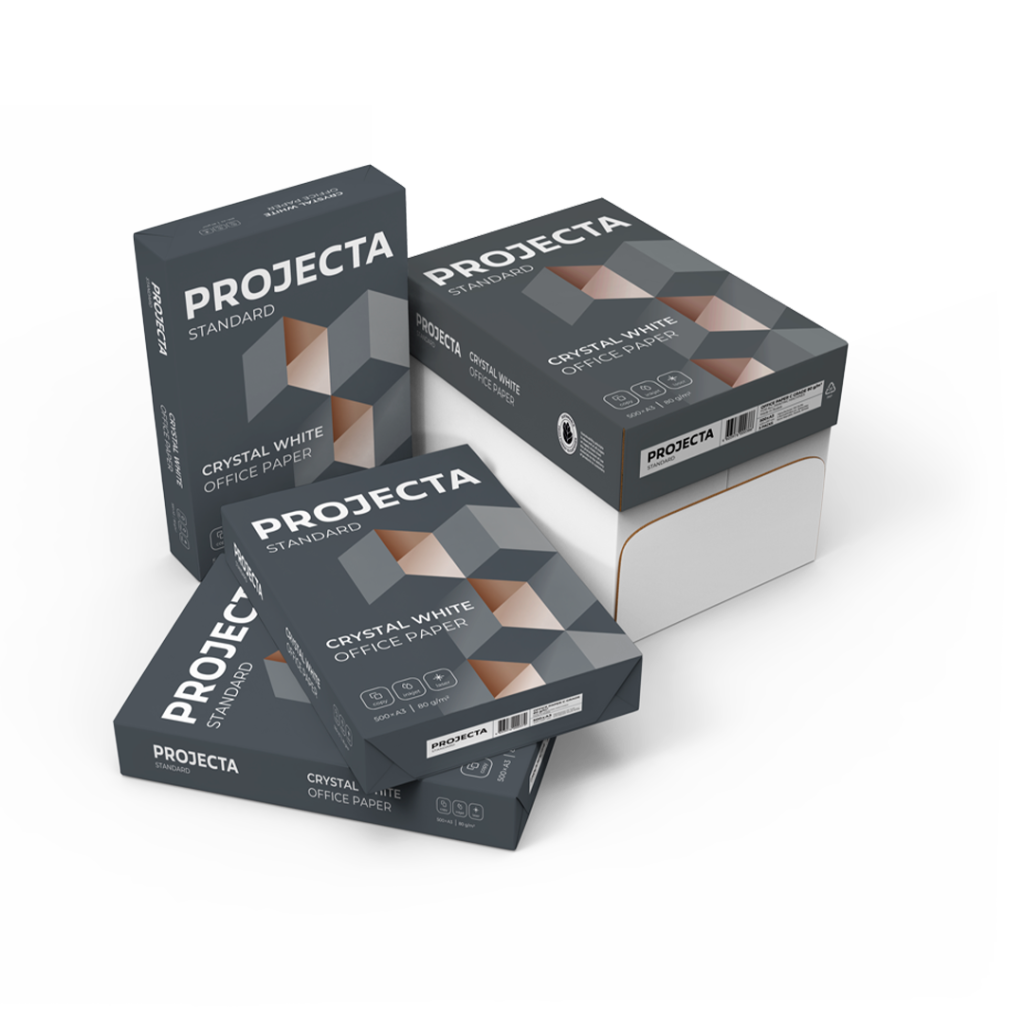Grammage is the weight of paper expressed in grams per square meter (g/m²). The weight of 1 m2
of paper can be defined as the ratio between the weight of paper in grams and its area in square meters and is defined by ISO 536-76 standard and is determined on technical scales, cut from canvas according to a template of a stated size.
Caliper is the thickness of paper expressed in microns.
Porosity is the number of air spaces in paper. The greater the porosity, the better paper absorbs paint.
Stiffness is the ability of paper to retain its shape after deformation. Paper stiffness depends on the raw material used to make paper and also on manufacturing process.
Opacity is the quality of paper that does not allow light to pass through it. Opacity is defined by ISO 2471 and is measured as a percentage.
Whiteness is a color characteristic of the paper surface. This characteristic is measured as a percentage and is determined by the level of reflected light of the paper surface relative to the standard white color. The higher the whiteness percentage, the whiter paper will appear. The criterion is a certain ideal whiteness of a reference plate, to which the whiteness of the test paper sample is compared photoelectrically.
Paper smoothness/roughness is a characteristic showing the uniformity of the paper surface. According to Bekk, paper smoothness depends on the shape, total volume and distribution of uneven areas formed between the surface of paper and the ideal plane under given conditions of contact between them. The time required to extract a specified amount of air at a given pressure difference from the area between the paper surface and the polished glass surface is measured.
Paper dirt spots count is the number of specks visible to the naked eye per 1 m2. It is determined by counting specks on 2 samples with the area of 250x250 mm using a template. The unit of measurement is the number of specks per 1 m2 (specks/m2).
Paper humidity is the water content in paper. The determination method consists of weighing the sample at the time of sampling and after drying it to a constant weight. It is defined by ISO 287-85 standard and is measured as a percentage.
Paper brightness shows how brightly white paper glows when illuminated. This characteristic is also measured as a percentage. The higher the brightness, the more luminous paper will appear. Optical brightness is commonly used in papermaking to ensure the printing of high-quality images as it helps in achieving vibrant and rich colors.
Paper sizes are common standard paper sizes (e.g., A4, A3) that can be used for various tasks.












